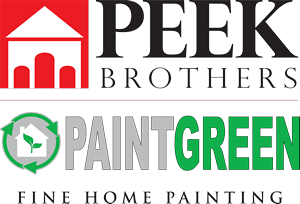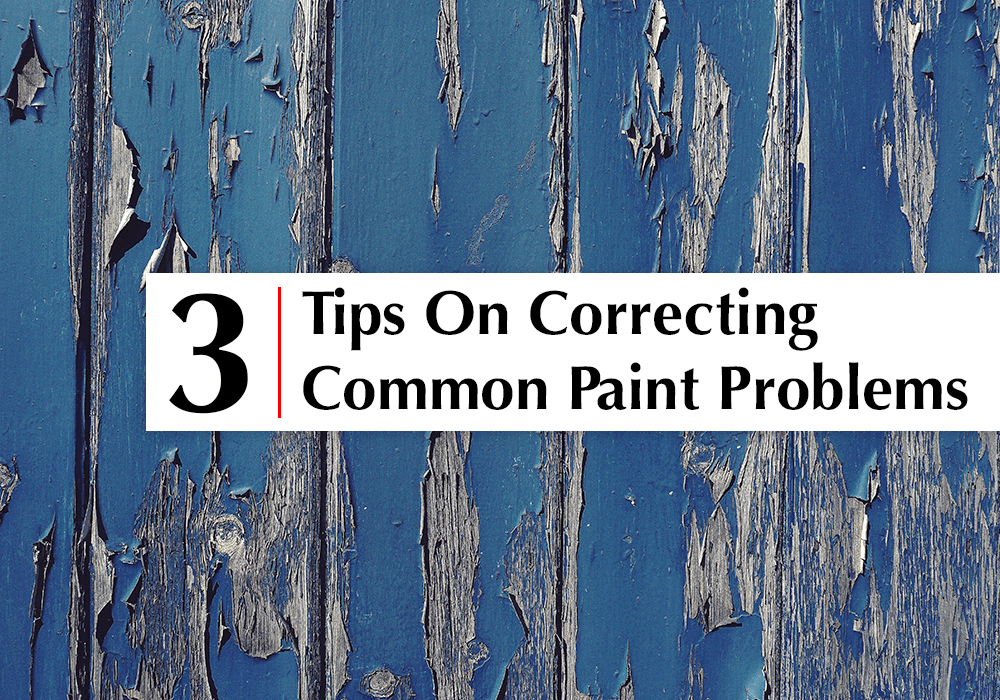What is Making My Paint Peel on the Interior of My Home?
Can I Paint My Kitchen Cabinets?
June 17, 2016Kitchen Cabinet Refinishing
October 16, 2016After a big interior painting project, problems like peeling paint, blisters, and bubbles are the things that you may see on your interior wall. Latex and acrylic paint are most specifically prone to peeling, blistering, and bubbling. However, these types of problems can occur with any kind of finish. Peeling paint is more likely to arise when preventive measures haven’t been taken during the interior painting project. You might ask many different professional painters and you might get as many answers why does paint peel.
The reasons behind peeling paint:
Peeling is what happens when the top coat of paint parts ways with the coats beneath it. Actually, this is a phenomenon which is not always possible to predict. It may appear suddenly or occur gradually, over the periods of many months. On the other hand, blistering is likely to arise on a moist surface that wasn’t properly prepared and dried before it was painted. In order to prevent peeling paint, you need to take minute care when applying paint to areas of a house that tend to be humid, like basements.
Painting in Humid Weather:
Painting the interior surface of your home just before rain can be as problematic in every ways as it is when painting a wall which is already wet. If a rain or storm is expected, you should refrain from painting for nearly about 8-10 hours. Humidity in the air can lead to water-filled blisters or peeling paint, which must later be scraped and touched up.
Applying Primer and Paint on Unclean Wall:
In case the wall is not clean, you should not paint or primer on it. On the other hand, if the surface is covered with oil-based paint on it and not use latex based paint. If you mix different types of primer and paint on the same wall, it can lead to peeling paint as well. Actually heat causes the interior surfaces to expand. In such cases, latex and oil-based paints behave differently.
Unprepared Wall:
Perhaps the most important reason of peeling paint is applying paint on an interior surface which is not prepared well. Under any circumstances, you should not apply paint on a surface which is not prepared properly. Ask a professional painter in your locality to take care of the surface preparation. Sand the surface by using mild sandpaper. Use the best quality primer as it helps the paint to adhere to the surface well.



